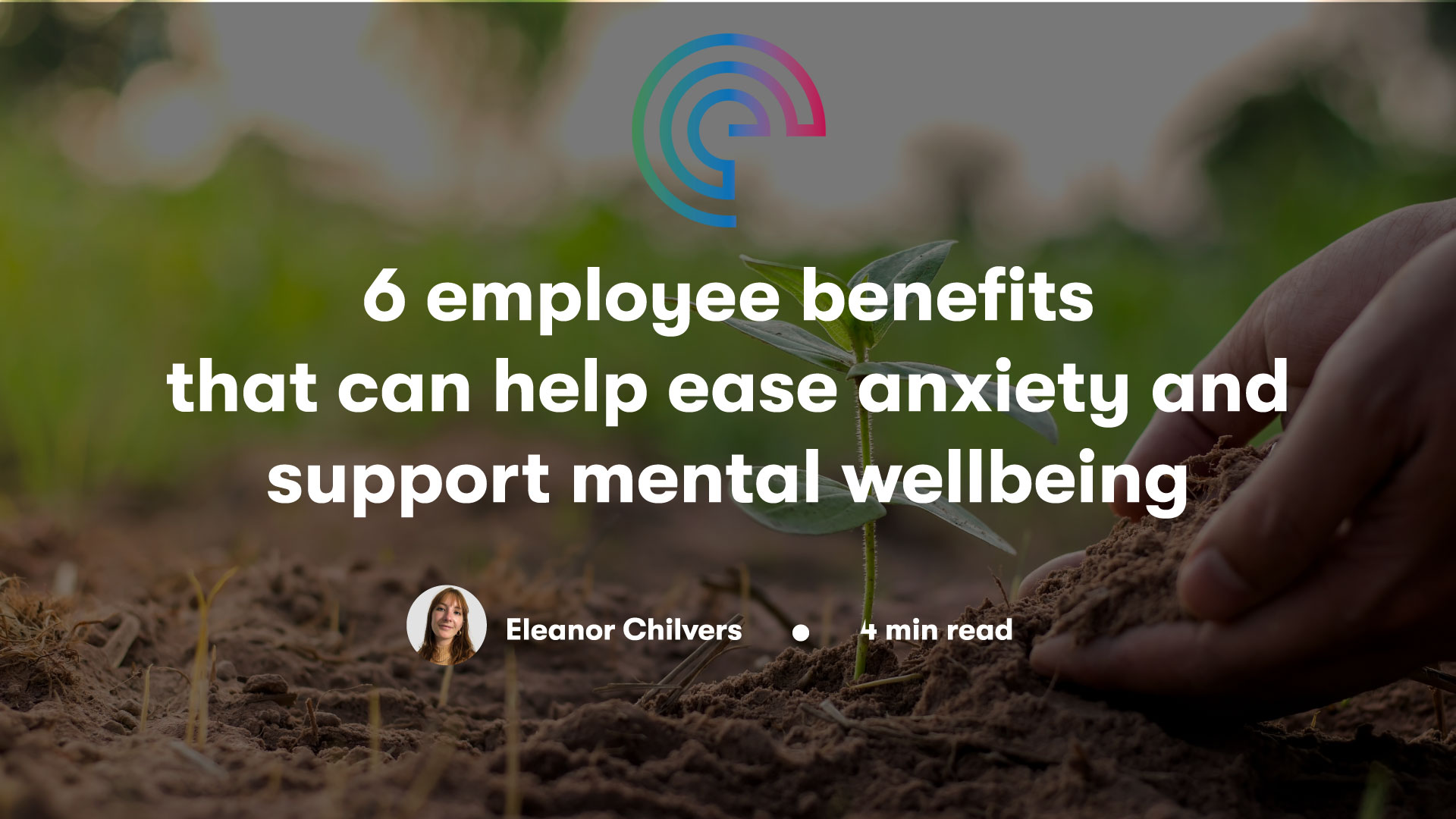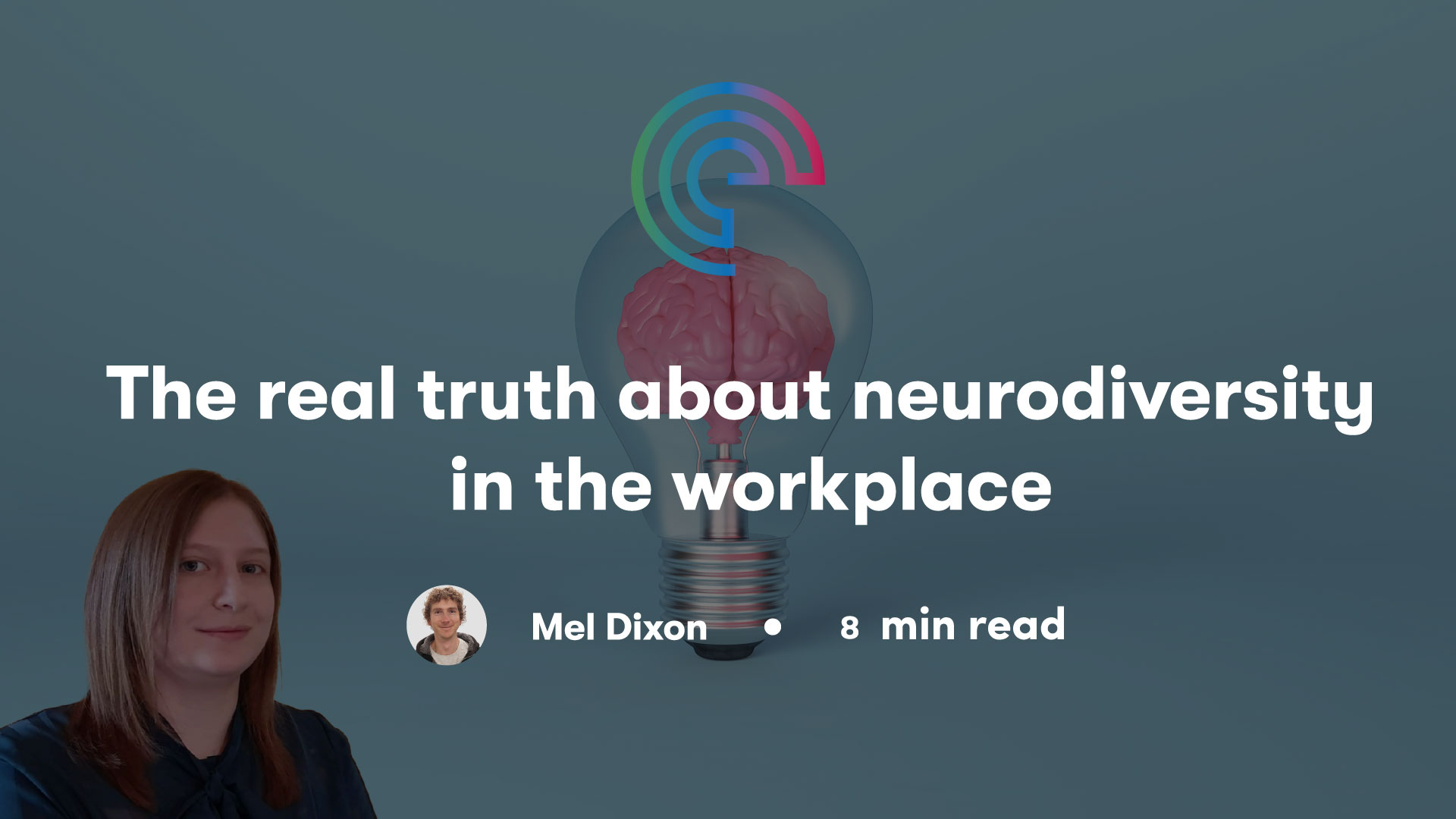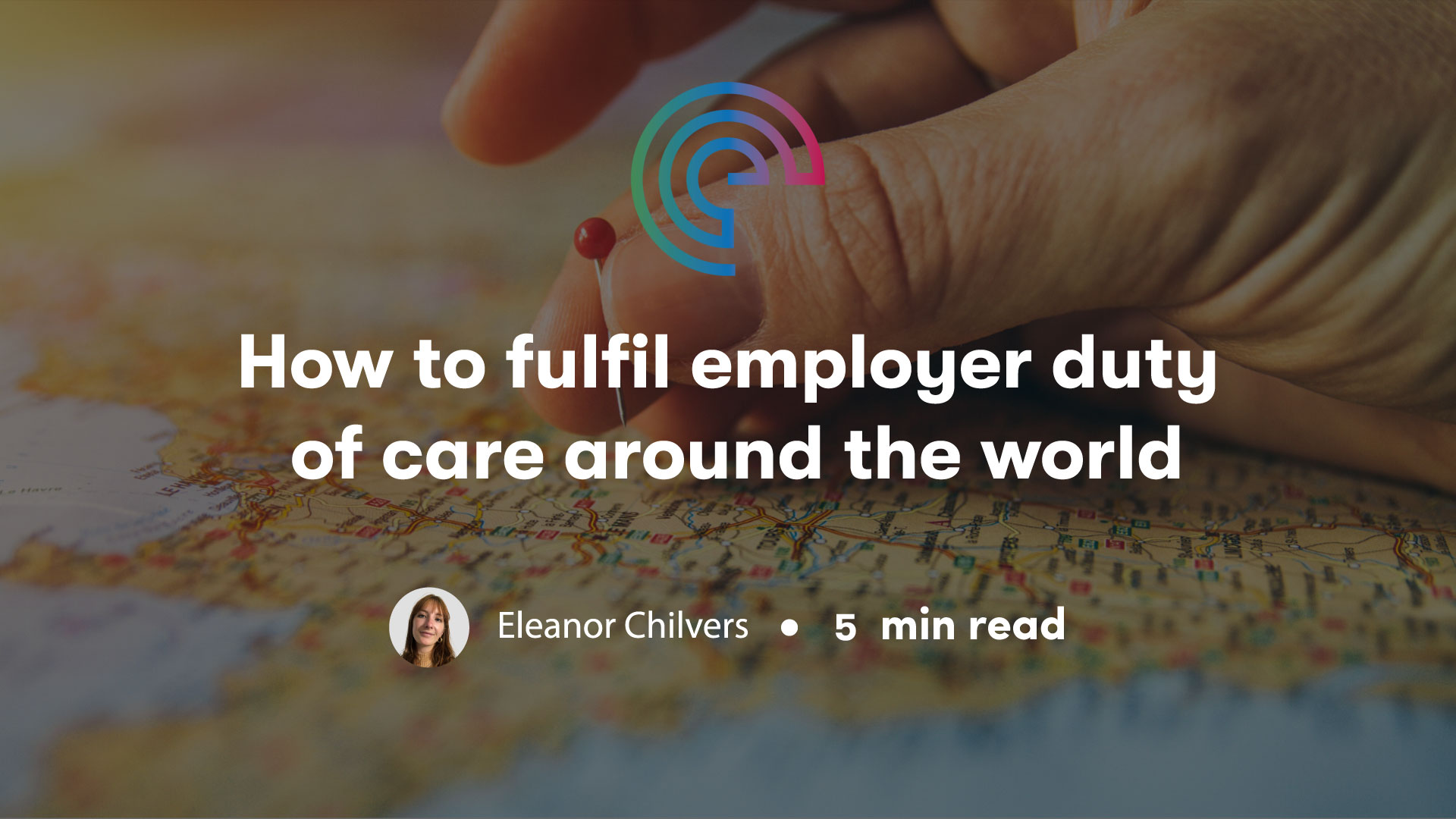“CBT is learning to stop the cycle of negative thinking… it is the one tool that gets you out of the truly dark spots.” – Mind
Employee mental wellbeing has taken a massive hit over the last two years. Financial uncertainty from rising costs of living, the continued presence and impact of Covid-19, and people struggling with a return to the office are just a few of the factors which can affect people on a day-to-day basis.
However, there’s a positive side to this – an increased awareness of mental health where more and more people are seeking help and guidance. One method that is becoming increasingly popular is Cognitive Behavioural Therapy (CBT), with employees developing strategies to help themselves. CBT can be accessed through:
- NHS
- Private sector
- Charities
- Education
- Place of work
Forward-thinking employers are providing staff with easy access to CBT. This enables employees to reach out for help and develop the tools for greater mental resilience.
In this article, we talk with NHS accredited CBT therapist, Shay Rosenthal, to learn more about how CBT works, and how it can have a positive impact on employees in the workplace and beyond.
Need professional help finding the best employee benefits to support your teams? Contact our friendly team of experts at Engage Health Group Ltd on +44 (0)1273 974419 or click on the bottom right chat-box.
Cognitive Behavioural Therapy: What is it and how does it work?
CBT is based on how our thoughts, feelings and behaviour are interconnected. Anyone can become trapped in a negative thought cycle, and CBT is designed to break this cycle. CBT can also help people avoid getting ensnared in the first place. This form of therapy looks for practical ways to improve a person’s daily state of mind, helping them break down overwhelming problems into more manageable positive steps.
“In CBT, people learn to recognise and identify patterns in thinking or behaviour which might be keeping their problems going,” says Shay Rosenthal, a CBT Therapist in the NHS. “After therapy we would hope that a person can become adept in this skill to manage future problems, becoming their own therapist.”
CBT can help people with:
- Depression
- Anxiety
- Bipolar disorder
- Borderline personality disorder
- Eating disorders
- Obsessive-compulsive disorder
- Panic disorder
- Phobias
- Post-traumatic stress disorder
- Psychosis
- Schizophrenia
- Insomnia
- Substance abuse
- Stress
- Long-term health conditions e.g., irritable bowel syndrome, chronic fatigue syndrome – cannot cure physically, but can help to cope with symptoms
CBT is often spread across 12 sessions or more for those in serious need, but a brief course of treatment can be helpful for anyone seeking greater mental clarity and resilience. In these sessions, a person breaks down problems in how they think and behave. The idea is for them to learn these strategies and apply them to their everyday lives.
However, we wanted to break this down even further to get more depth on how CBT is applied in therapy and the theories behind it.
Diving deeper into CBT with Shay Rosenthal
Shay outlined two main concepts that are associated with CBT, revealing how and what the sessions focus on.
Cognitive approach (thoughts)
“How you think influences how you feel and how you behave.”
If you are thinking in a certain way, that can influence how you behave and also impact how you are feeling. Those experiences can subsequently reinforce your way of thinking, creating a cycle that can become difficult to get out of.
Shay imagines what this might be like for an employee:
“If I think in such a way like ‘I’m terrible at my job, everyone will eventually find out that I have no idea what I’m doing’, this could lead me to call in sick (behaviour), procrastinate with assignments (behaviour), and increase anxiety, low mood, or hopelessness. These behaviours and feelings will reinforce my initial thoughts about being terrible at my job, making my conviction of these beliefs even stronger.”
Working with people’s cognitive processes allows someone to break down these patterns of thinking, allowing them to restructure and experiment with new ways of approaching situations. This will help them to move away from being stuck in a negative perception of themselves/the world.
Behavioural approach
“Behaviour can explain the maintenance of a problem.”
Another approach taken in CBT is placing our focus on how our behaviour specifically might be keeping our problems going.
Again, Shay outlines a potential employee perspective:
“If I’m scared of public speaking, I might naturally then avoid presentations. This is obviously a very effective short-term solution to avoid feeling anxious. However, this avoidance does not allow us to grow in confidence, and crucially learn more about our fears. This will typically lead to anxiety increasing over time.”
Similarly to the cognitive approach of CBT, a behavioural approach focuses on setting goals that the person wants to achieve through therapy and developing a step by step approach to facing one’s fears. This will build a sense of tolerance or the ability to handle these triggers. Shay explained this in a simple analogy:
“If you think about the first time you went to a new job, you would likely have been very anxious on day 1. If you had run away or avoided doing things / talking to people, that anxiety about your new job would get worse and worse over time. However, when we face things that make us anxious what happens naturally is that as day 1 progresses the anxiety will gradually reduce over time. Come day 2, the anxiety, whilst maybe high at the start of the day will in most cases be slightly less than on day 1. Again if the person perseveres this will gradually reduce again and after enough time that person will no longer be experiencing that same anxiety the had on day 1. We call this process habituation, which is a CBT way of saying “we get used to it”. The key is we learn enough about our fears to make accurate predictions rather than assuming the worst will happen.”
Can CBT help employees and businesses alike?
CBT can be a useful tool in supporting the mental wellbeing of staff so it’s worth considering as part of an employee benefits package. It can also benefit your business by improving team members’ ability to handle challenging situations. Here’s how:
- Identifying the cause of disruptive thoughts helps employees discover alternative perspectives – will help staff in accepting different opinions, leading to better performance and improved work relationships.
- Fear and anxiety can cause lower esteem, productivity, and retention levels. Understanding what causes fear and how to tackle it allows staff to overcome situations that cause anxiety.
- CBT promotes mindfulness. Practising mindfulness improves concentration, reduces stress and anxiety, and reduces presenteeism. Employee engagement will be boosted in a positive work culture.
- Freed from anxiety and unhelpful thoughts, the employee can improve their problem-solving skills
- An improved ability to overcome challenges boosts confidence
- By better managing emotional responses, an employee can improve social and communication skills
- Cultivating a more positive mindset can:
- Improve focus/productivity
- Reduce absenteeism
- Promote a healthier/happier work environment
- Improve decision making
- Reduce stress, depression, and anxiety
- Boost employee performance, innovation, confidence, and creativity
- Successful CBT programmes can lead to fewer mental health-related absences
These are just a handful of things that employees can develop from undergoing CBT if they need help, making it a win-win for both staff and business.
We help businesses navigate the world of employee benefits and health insurance. Contact our team of AMII accredited employee benefits brokers for FREE expert advice and support. Click on the bottom right chat box or call Engage Health Group Ltd at +44 (0)1273 974419.
How else can you support employee mental wellbeing?
CBT is one of several employee benefits which are designed to aid mental health. Sometimes they are included in an Employee Assistance Programme or Corporate Wellness Programme – so it’s well worth checking if it’s available as an add-on. Below are a few other examples of employee benefits that target the mental wellbeing of your staff:
- Employee Assistance Programmes
- Professional counselling sessions
- Access to wellness/mindfulness apps e.g., Unmind, Calm or Headspace
- Healthcare plans or Private Health Insurance (making sure cover for therapy/psychiatrist appointments are included)
- Mental Health First Aid Training either for management or selected employees
- Group Health Cash plan (helping alleviate financial stress)
- Flexible working – either remote/hybrid working or flexible hours (improve work-life balance, reduce anxiety/stress)
- Corporate Wellness Programmes
Over half of all working days are lost each year to high levels of stress or mental health issues. So, it’s certainly an issue that all companies should address. The most important thing is for businesses to encourage a positive, open, and supportive work environment, whether that’s augmented by CBT or other measures outlined above.
Further reading: The 3 Pillars of Corporate Wellbeing: What do employers need to offer?
At Engage, we take the time to carefully consider financial, mental, and physical wellbeing when helping businesses and HR teams design an employee benefits scheme.
Contact us at Engage Health Group Ltd or call +44 (0)1273 974419 for FREE no-obligation advice and support.









